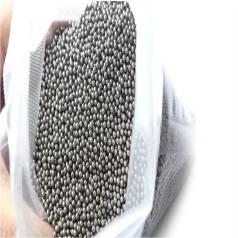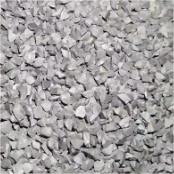**The Mystery of the Plastic Guard Under Your Guitar’s Metal Neck Plate**
(Why Do Some Guitars Have A Plastic Piece Under The Metal Neck Plate?)
Ever peek behind your guitar’s neck and spot a small plastic piece wedged under that shiny metal plate? It looks random. Maybe like a factory mistake. But trust me, that tiny plastic part isn’t there by accident. Let’s crack why it exists.
First, the metal plate itself matters. That chunk of steel screwed into the back of your guitar’s body? It’s called a neck plate. Its job is simple but critical. It holds the neck tightly to the body with bolts. Without it, your guitar’s neck might wobble or shift. Bad news for tuning and playability. Now, why add plastic to the mix?
Plastic and metal don’t seem like natural friends. But here’s the thing: metal plates press directly against the guitar’s finish. Guitars are usually coated in paint, lacquer, or thin protective layers. Over time, metal rubbing against that finish can wear it down. Worse, if the plate shifts even slightly, it might scratch or dent the wood. Enter the plastic piece. This little guy acts like a cushion. It sits between the metal plate and the guitar body, preventing direct contact. Think of it as a bodyguard for your guitar’s finish.
There’s another reason. Metal plates can vibrate. Guitars are built to resonate, but uncontrolled vibrations create noise. That plastic layer absorbs some of that energy. It stops the metal plate from buzzing or humming when you play. No one wants their rock solo interrupted by a weird metallic rattle.
Not all guitars have this plastic piece. Some use felt or rubber instead. Others skip it entirely. Why the inconsistency? It often comes down to cost and design. Cheaper guitars might skip extras to save money. High-end models might use fancier materials. But the plastic version is common because it’s cheap, lightweight, and does the job.
Here’s a fun twist. Some players swear the plastic affects tone. They argue even small changes to the guitar’s body impact sound. Others roll their eyes and call it nonsense. Who’s right? Hard to say. Wood type, string quality, and pickup design matter way more. But the plastic debate lives on in guitar forums.
What if your guitar doesn’t have one? Don’t panic. If the neck plate isn’t damaging the finish or making noise, you’re fine. But if you notice scratches or weird vibrations, adding a plastic shim is an easy fix. Grab a credit card, cut a piece to size, and slide it under the plate. Instant DIY solution.
(Why Do Some Guitars Have A Plastic Piece Under The Metal Neck Plate?)
Guitar design is full of these tiny, clever fixes. That plastic piece isn’t glamorous. It won’t make you play faster or sound like a rock god. But it’s a smart bit of engineering. Next time you restring your guitar, take a second to appreciate that humble plastic guard. It’s working hard to keep your axe looking and sounding its best.
Inquiry us
if you want to want to know more, please feel free to contact us. (nanotrun@yahoo.com)


